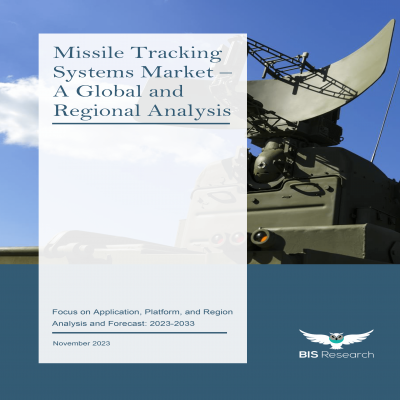A quick peek into the report
Asia-Pacific Missile Tracking Systems Market
Focus on Application, Platform, and Country - Analysis and Forecast, 2023-2033
Frequently Asked Questions
The Asia-Pacific missile tracking systems market is projected to reach $27.81 billion by 2033 from $15.39 billion in 2023, growing at a CAGR of 6.09% during the forecast period 2023-2033.
Companies developing missile tracking systems, companies offering missile tracking system components, and defense organizations should buy this report. Additionally, stakeholders from the defense industry should also buy this report to get insights into the demand for emerging missile tracking systems and the benefits they could derive from it.
Different types of tracking missiles include surface-to-air missiles (SAMs), air-to-air missiles (AAMs), anti-ship missiles (ASMs), and anti-ballistic missiles (ABMs). SAMs target aircraft and missiles, AAMs engage airborne threats, ASMs target naval vessels, and ABMs intercept ballistic missiles. Each type is designed for specific operational scenarios and threats.
Missiles are tracked using various sensor technologies such as radar, infrared sensors, electro-optical systems, and satellite-based sensors. These sensors detect the missile's signature, trajectory, and movement, allowing tracking systems to continuously monitor its position, speed, and direction, enabling effective engagement or interception if necessary.
Yes, missiles can be tracked by satellites equipped with specialized sensors, such as infrared detectors and radar systems. These satellites provide wide-area coverage and can detect missile launches, track their trajectories, and provide valuable data for early warning systems and missile defense networks, enhancing overall situational awareness.

